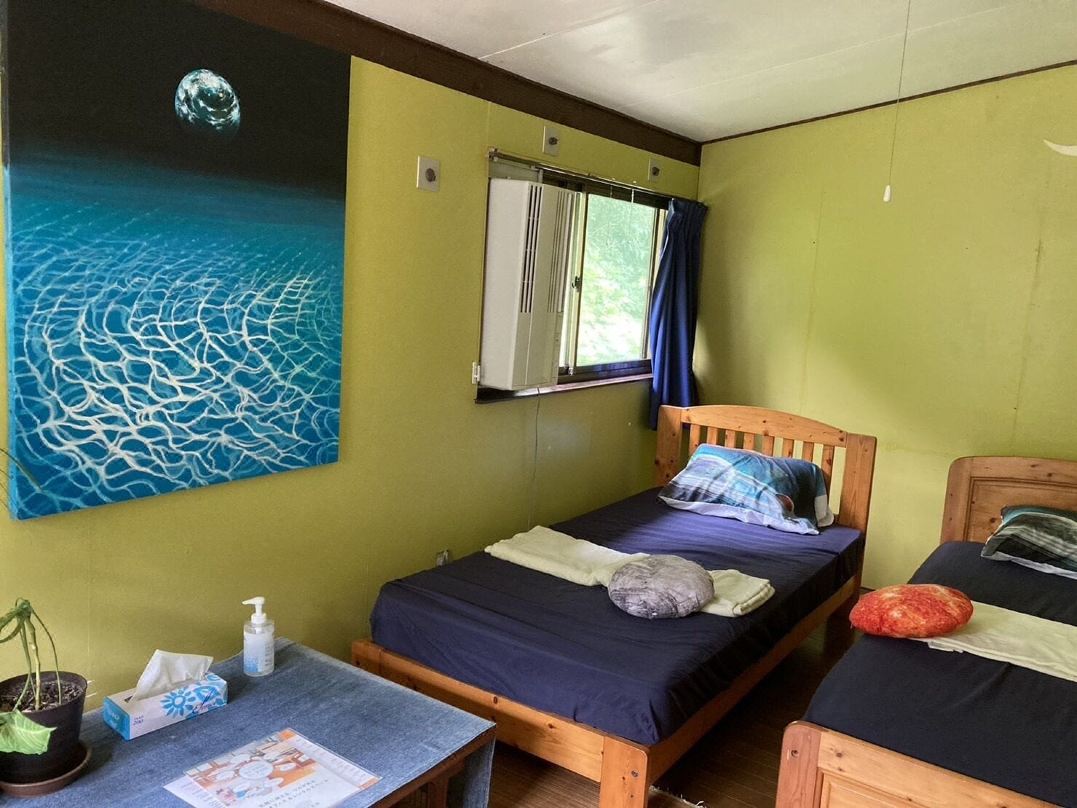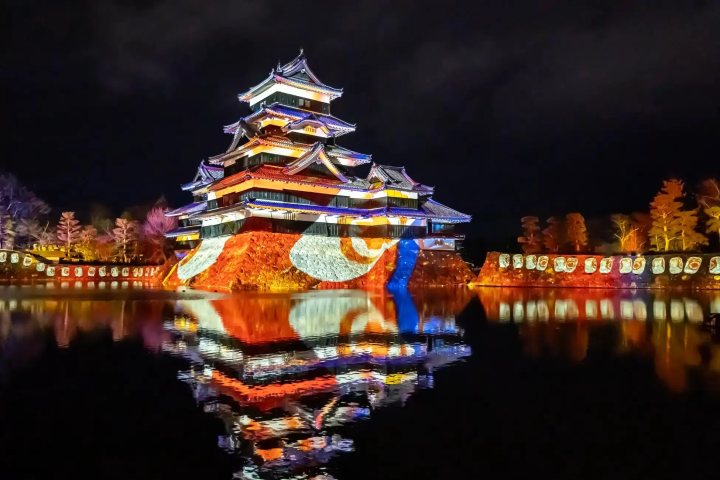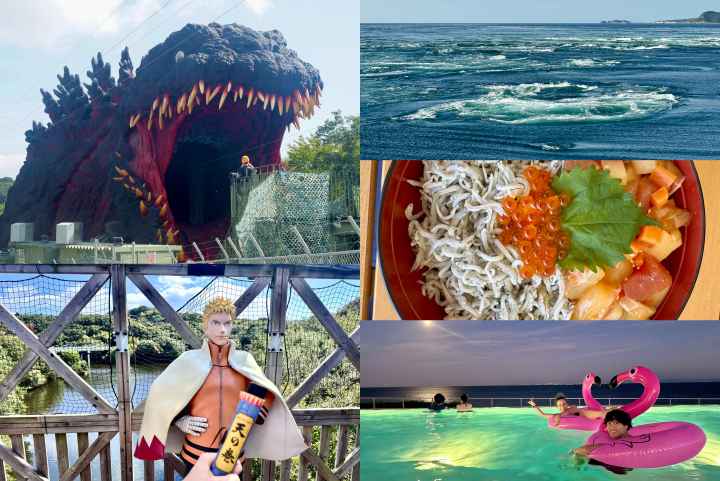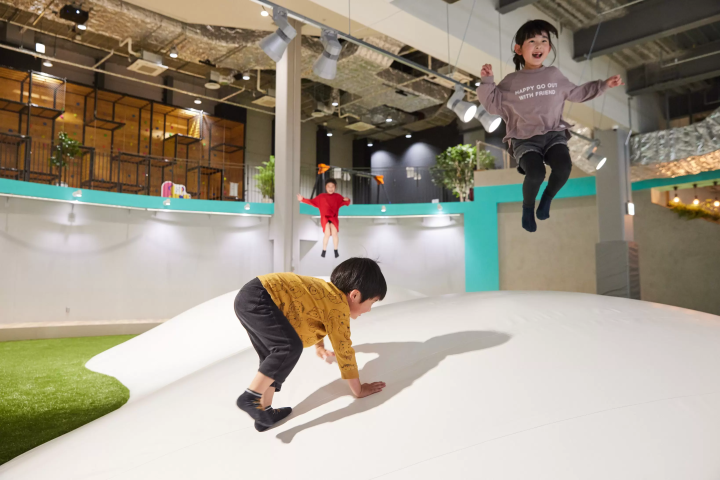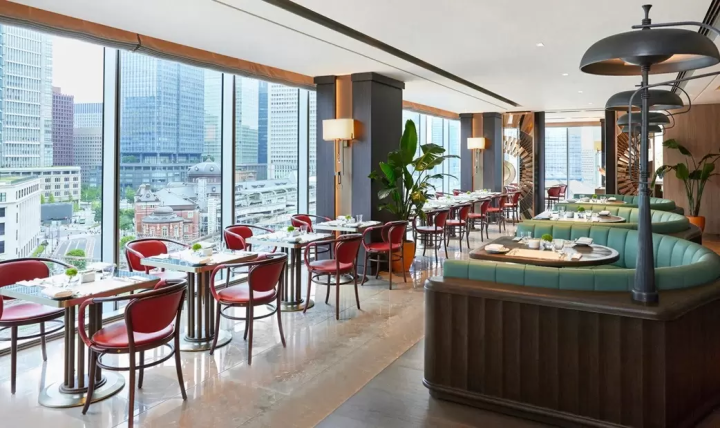An Island in Tokyo? A Journey to Hachijojima – Hachijo View Hotel

Hachijo View Hotel is located on Hachijojima, one of Tokyo's remote islands. Staying at this hotel is a chance to enjoy the magnificent nature of Hachijojima, the distinctive culture that developed on this island, and the exquisite local cuisine!
Welcome, and to those of you continuing to read my series on Tokyo ryokan and hotels, welcome back. My name is Roza Akino, and I live and work in Japan. I love staying at traditional inns, ryokan, and am really excited to have this opportunity to explore lesser-known lodgings throughout this big city. Throughout this Tokyo Ryokan Story series, we’ve gone to a few ryokan as well as hotels in various locations around Tokyo, but today’s location had me on a flight across the ocean! Care to know more? Read on...
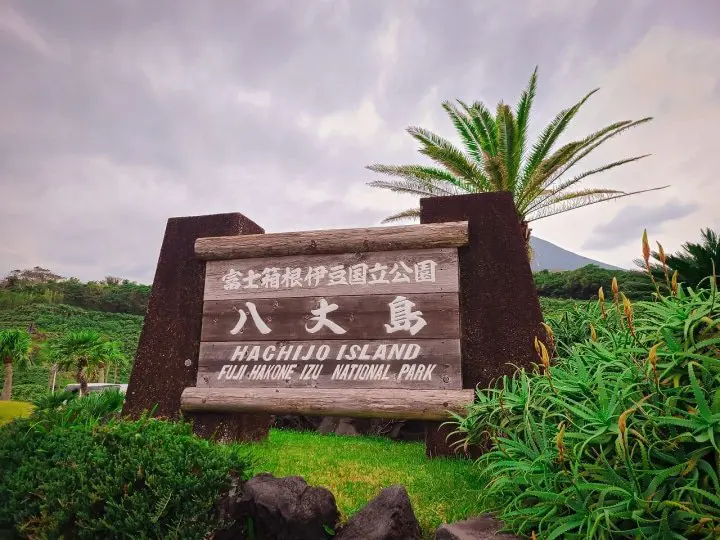
Hachijojima is a small island off the coast of Japan, an hour away by flight, and yet still part of Tokyo Prefecture. It is home to an incredible type of textile, Kihachijo, and is named after the silk that’s spun there. During the Edo period (1603-1868), the island was a place of exile for convicts. Now, it is considered a national park.
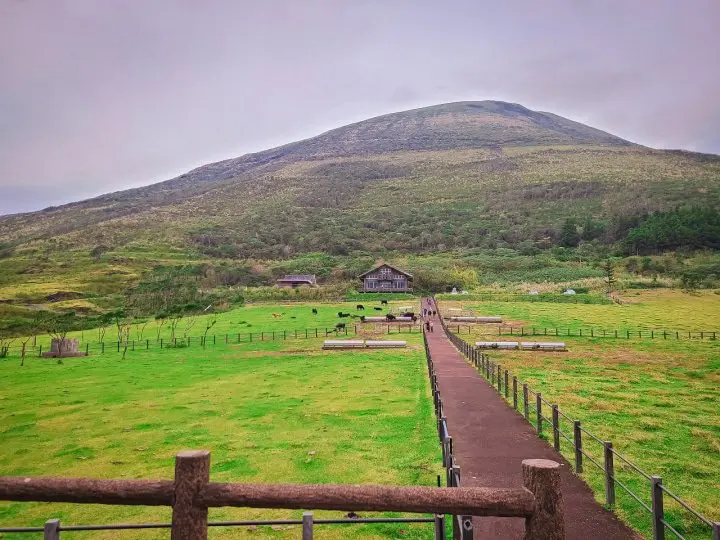
A spacious cow farm with some Jersey cows up on the mountain

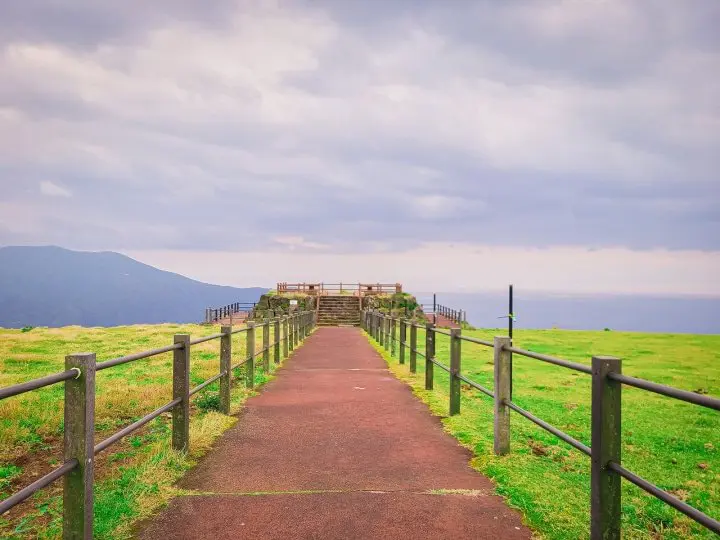
The farm offers a beautiful view of the island
The island was created from the volcanic eruption of two volcanos close to each other. Because of this, the two halves of the island are very different from one another. You can take a quick drive to the ocean front where you can walk on and see the volcanic rock first-hand.
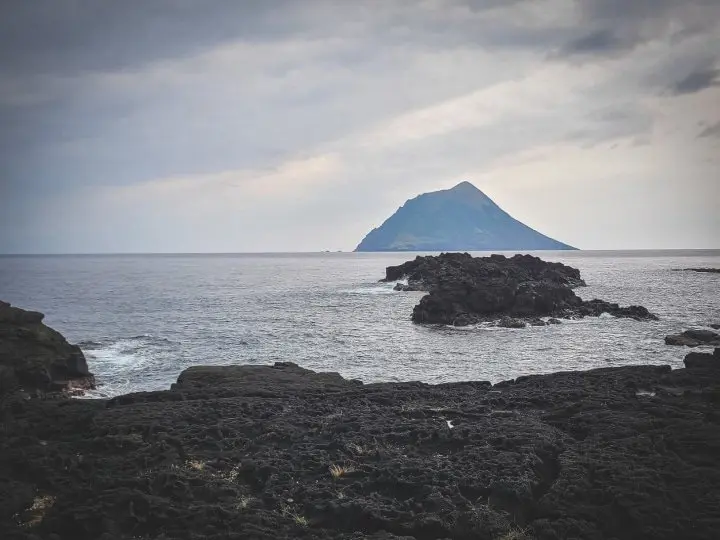
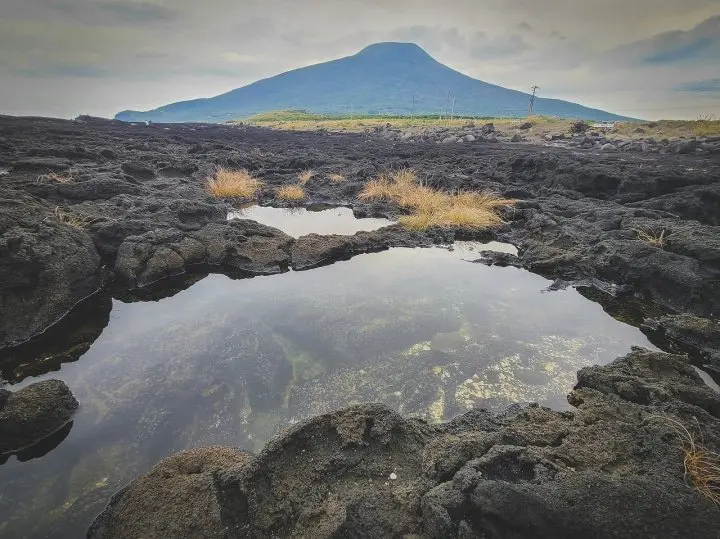
It’s my second time here, and the change in scenery and flora is a welcome one. Although it’s not very far from Japan’s mainland, Hachijojima is abundant with tropical plants, reminding me more of Hawai’i than Japan.
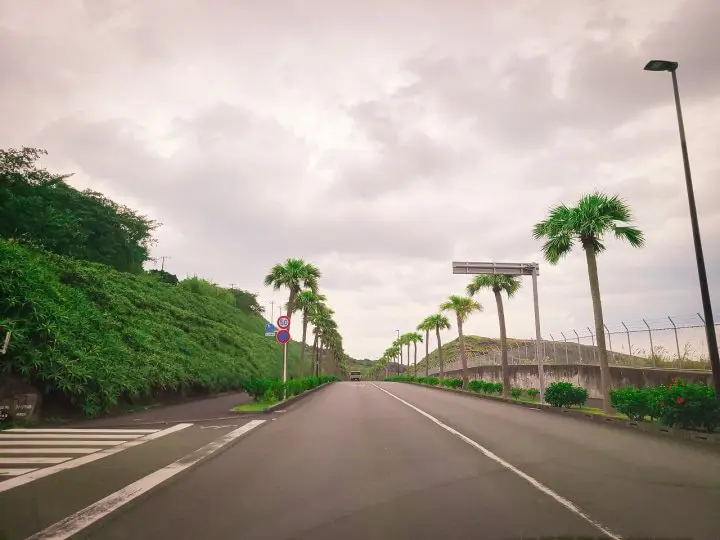

Less than 10 minutes by car, the trip to the hotel is a quick one. The Hachijo View Hotel is spacious, located on a small hill that offers a nice view. The lobby is clean, simple and bright. I meet with Miyashiro-san, the current owner and operator of the hotel, as well some other people who are also joining us on this trip. My first impression of Miyashiro-san is that he’s a jovial man who exudes warmth with his smile.
The roomy lobby leads to a hallway with an elevator, next to which you can find a souvenir shop selling various goods and products of Hachijojima.
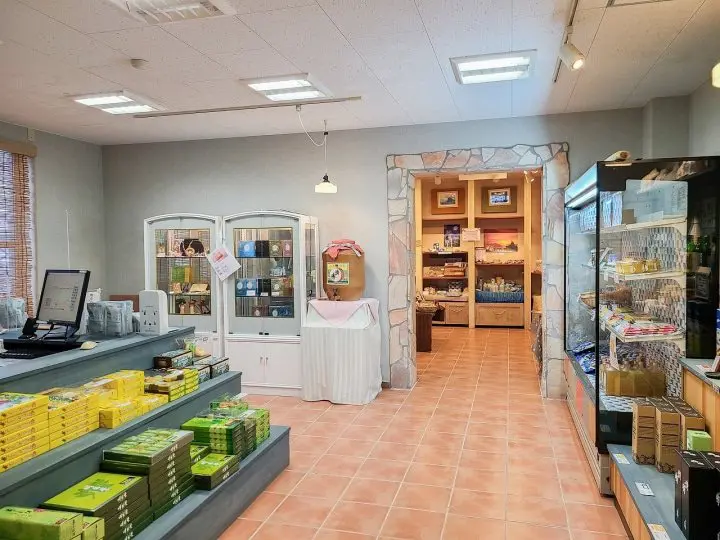
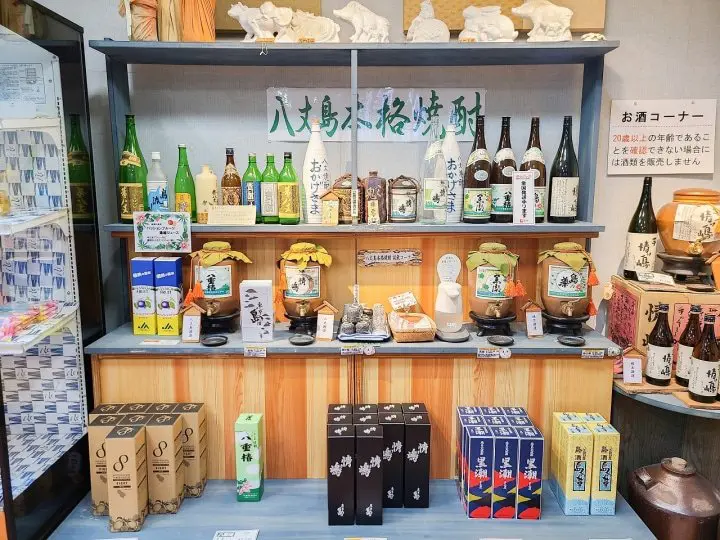
The room I’m staying in is big, the marble flooring and furniture reminiscent of European design.

With every hotel visit so far, I’m used to going straight into the interview, however Miyashiro-san seems to have planned some activities for the day, so we leave the hotel soon after checking in.
Before we go to our first destination, we make a stop at a foot bath, ashi-yu. The ashi-yu offers a beautiful view of the ocean and partially cloudy sunset.
On the way, Miyashiro-san stops the car for a moment to show us some unique walls built with round stones.
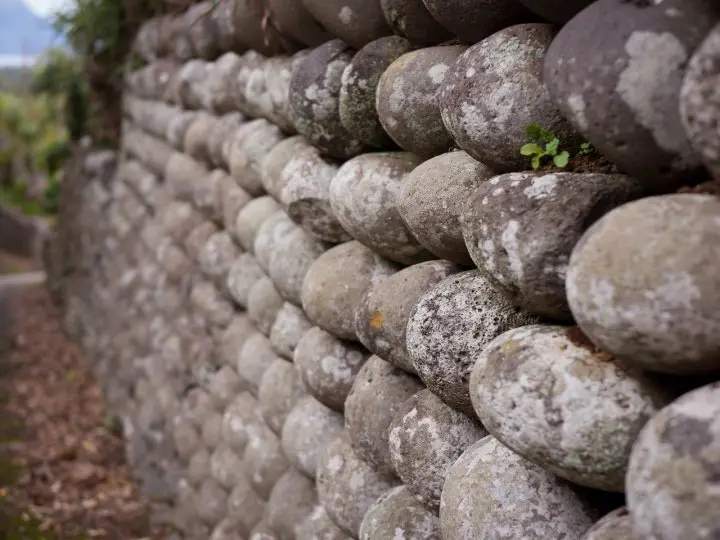
These stones, he says, are still in production even now, using a “special technique”. He then laughs and proceeds to show us the seashore where these stones are procured – these stones are of course rounded by the waves hitting them countless times over hundreds of years. Indeed, they are constantly in production by the ocean.
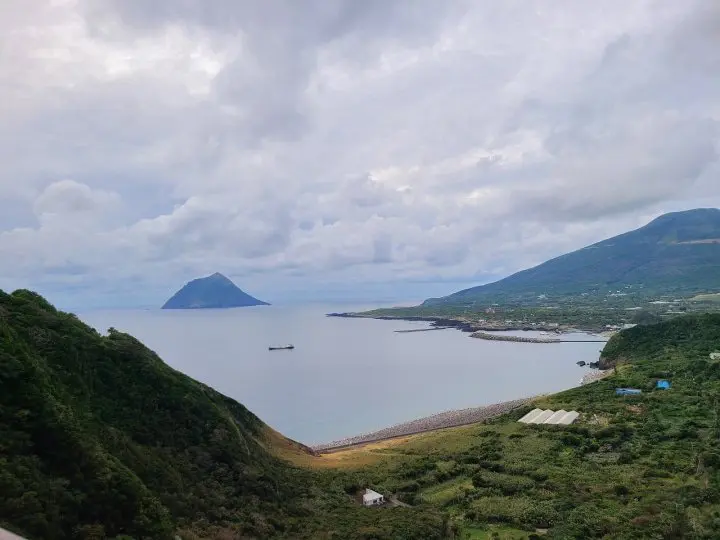
The area where these round stones are “produced”
We return to the car and are off to visit Meyu Kobo, a famous weaving facility of Kihachijo kimono.
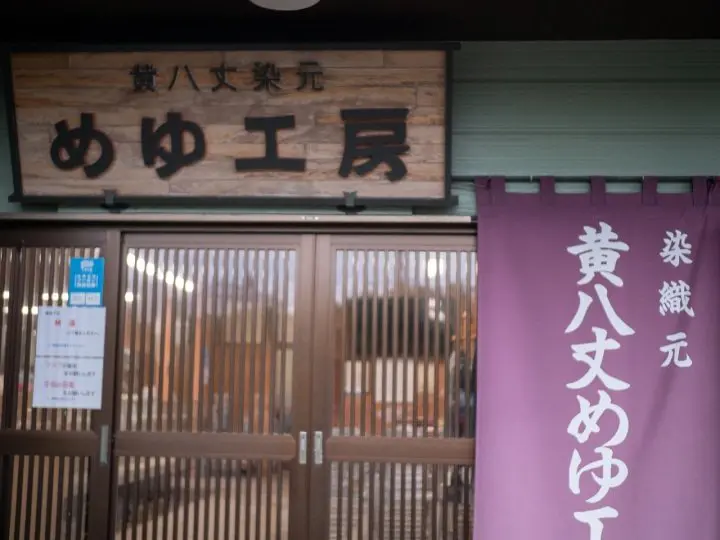
The proprietress of Meyu Kobo, Fumiko Yamashita, acted as a mentor to Miyashiro-san when he first moved to the island. It just so happens that Kihachijo kimono are one of my favorite types of kimono, and I am very excited to be able to speak with the legendary Yamashita-san herself.
As we enter studio, the sound of the multiple looms in motion comes over me like a wave, drowning out every other sound. The production of the Kihachijo thread is quite unique – only three colors are used, dyed to various saturations to create a limited color palette.
Kihachijo threads are dyed with kusaki-zome, natural plant dye, and ultimately, a chemical reaction between the natural ingredients produces the three colors: yellow, reddish brown, and charcoal black. To get the vivid versions of these colors, the threads go through the dyeing process 20-40 times, depending on the color. The Kihachijo yellow, in particular, is magnificent. If you could spin straw into gold, this is what it would look like. Considering the time required to process and dye the threads, it’s no wonder that this kimono is one of the most expensive woven kimono out there.
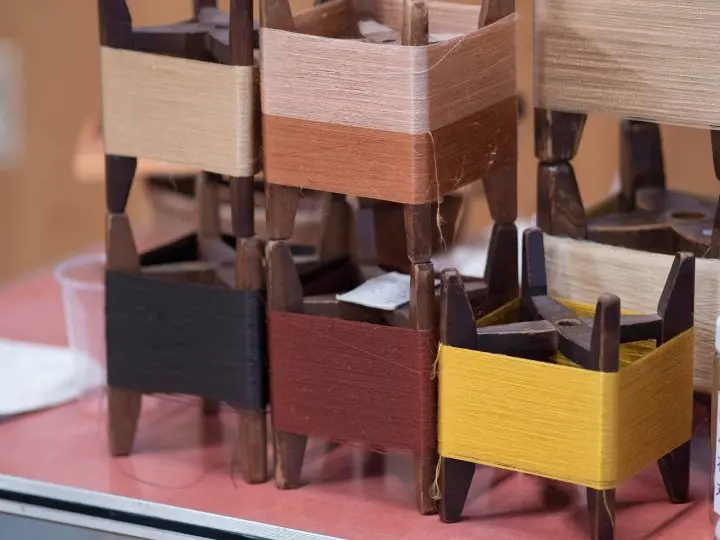
The three main colors used in a Kihachijo kimono
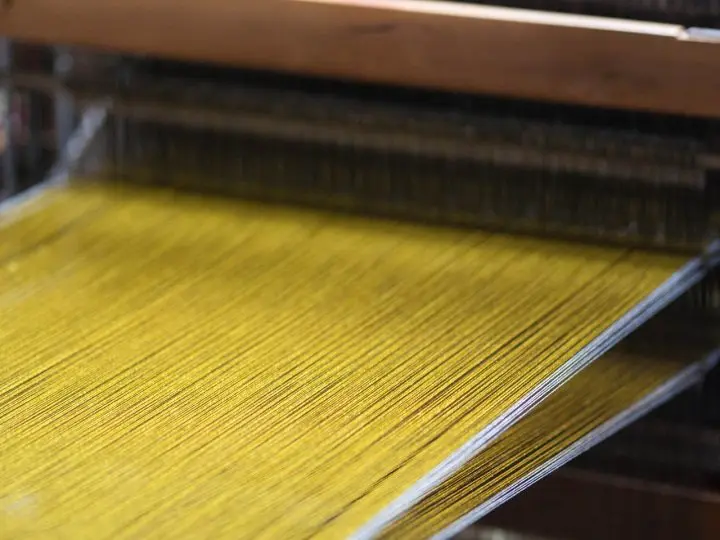
The yellow is stunning—the photos don’t do it justice
While a full kimono set-up can cost hundreds of thousands of yen, smaller accessories are quite affordable – an assortment of bags, neckties, wallets, business card cases and more are laid out on display in the weaving hall.

Yamashita-san and I in front of the display case
Yellow Kihachijo kimono were made popular during the Edo period as they were favored by Kabuki actors who enjoyed the flashy gold color. Less laborious and more cost-effective versions of Kihachijo popped up throughout various places in Japan. While their popularity gave way to the yellow tartan-style patterned kimono, an iconic representation for the Edo machi-musume, or “town girl”, the original dyeing technique has been kept secret on the island, not replicated anywhere else.
Time passes, but I’m too engrossed in Yamashita-san’s Kihachijo talk to notice. When I finally take a moment to look around, I notice that we are the only two people sitting in the area While I have thoroughly enjoyed my conversation with Yamashita-san, I can’t help but worry that I still haven’t heard much about Miyashiro-san’s hotel.
Yamashita-san sends us off with some Hachijojima citruses hand-picked from her garden, kabosu, and we depart to our next destination: a wine and alcohol shop with various foods imported from the main island. The owner here is another friend of Miyashiro-san’s, and he explains the reason he opened the shop.
Many items that can easily be found in Tokyo, such as cheese or salami or even frozen appetizers weren’t available on Hachijojima, so he wanted to offer the people on the island a variety of delicious wines and snacks. The shop also offers something else quite unique: kusaya soft serve ice cream. Kusaya, for those who don’t know, is a dried fermented fish that is packed with umami and, as its name suggests, quite smelly. While I am not brave enough to try the kusaya ice cream, I go for the plain Jersey cow milk flavor topped with salt. It does not disappoint.
Although I am thoroughly enjoying our adventure through various side-quests, my mind jumps back to the whole purpose of this visit: the interview with Miyashiro-san. Will we even have time to talk today, I wonder?
We head back to the hotel to pass some time until dinner, and I decide to grab Miyashiro’s attention and schedule the interview while I have the chance.
As we sit down to talk, I grab a glass of green ashitaba juice from the self-serve counter. Ashitaba is a plant, one of Hachijojima’s famous products that has numerous health and beauty benefits. For those who aren’t too keen on green juices, regular coffee is available for free as well.

Fresh ashitaba juice
This hotel is equipped with a pool and jacuzzi, and boasts to be the only hotel on the island with an elevator. Around June-July, the hotel also offers a passion-fruit picking experience. It also has tie-ups with various tourism companies that offer various tours for fishing, diving and hiking. Ten out of the 48 rooms here have been renovated as barrier-free rooms, and 30 of the rooms are Japanese-style. It also offers a variety of goods that can be rented, especially goods for babies, making for a comfortable, family-friendly stay.
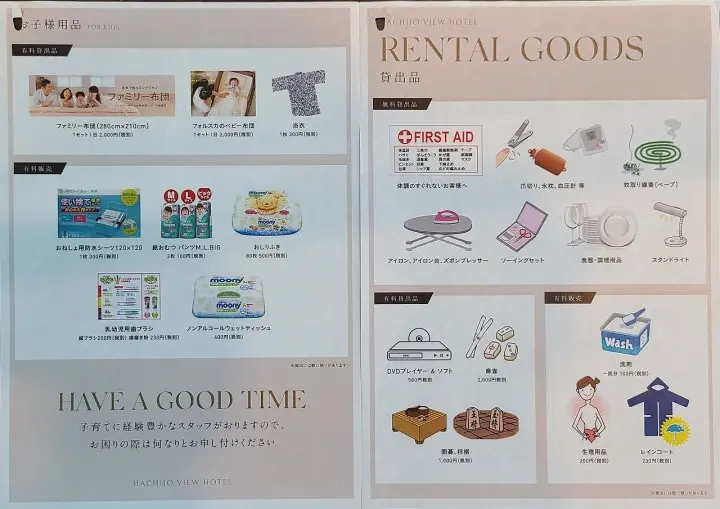
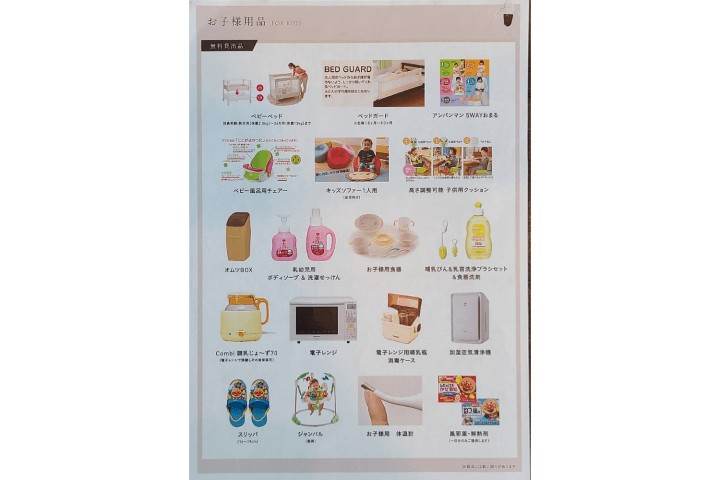
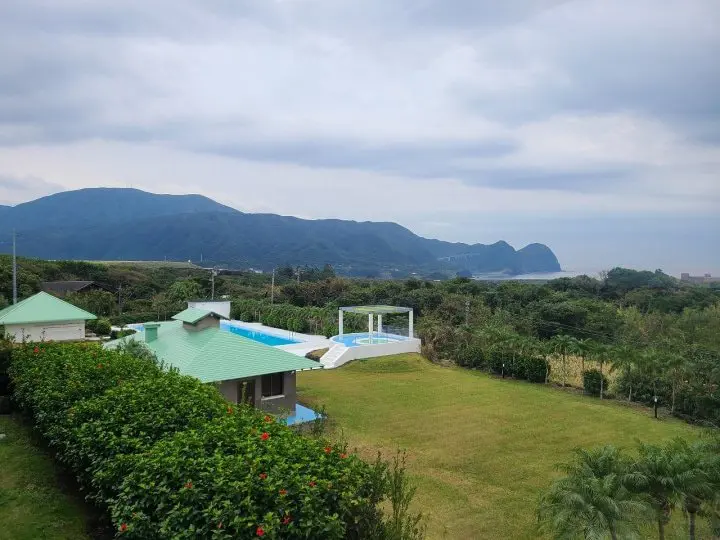
A view of the pool
Miyashiro-san is the third-generation owner of this hotel. His father was friends with the previous owner, and when no one was there to take over the hotel, Miyashiro-san’s father took over.
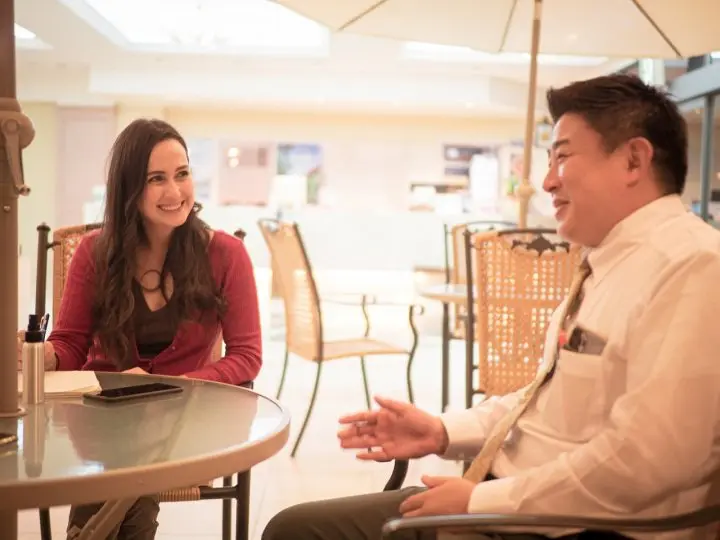
The hotel was a big part of Hachijojima’s economy, providing many jobs and contributing to the tourism industry, which is the island’s main source of income. At the time, Miyashiro-san had a unique lifestyle himself: he was working at a hotel eight months out of the year, and working as an ayu (sweetfish) fisherman for the other four months, dawn ‘til dusk. “I graduated from university only to work as a fisherman!” he laughs.
One day, his father asked him to take a look at hotel in Hachijojima that he might acquire, just for three months. Having never been asked a favor by his father, Miyashiro-san figured he owed him at least that. After all, it was only three months. However, during those three months, his father ended up buying the hotel.
Because the hotel was a big part of the economy, the mentality of interpersonal relations was completely different from the mainland. For example, in Tokyo, if one wasn’t doing their job properly it would be logical that they would be fired. In Hachijojima, however, this would be seen as the hotel not caring about the people of the island. Everyone was connected to everyone else, so for the first three months Miyashiro-san had to gain an understanding of all 70 employees. The hotel needed an overhaul in every sense of the word, but the employees, who were locals, didn’t look kindly upon the outsider son of the owner coming in and changing things. However, little by little Miyashiro-san’s way of running things proved to be for the better, and relations stayed amicable between both employees that stayed and those that left.
Over the years, the hotel has turned to be a strong foundation for the island’s economy. “Of course, I would like to have a hotel that has everything available for the guests: breakfast, dinner, bar, etc., but now is not the time for this,” Miyashiro-san explains. Before the pandemic, the hotel offered it all – so much so that even residents of the island would sometimes come and eat there. “We stopped serving dinner, and this brought a light to the town – guests that might have just eaten at the hotel went out to eat, contributing to the island’s economy. We also used to offer a shuttle bus to take guests to an area that has the most restaurants. Now we still offer to drop them off, but ask that they use a taxi to get back to the hotel,” he explains.
Miyashiro-san’s consideration for the local businesses is truly heartwarming. In his voice I can hear the love he feels for this island and its people, and his determination to do his part in making an environment where everyone supports one another.
“The island, the people, the culture, the various tourist attractions were here first. It’s thanks to them that we can even exist here as a hotel, so it’s important to support the residents of this island and their businesses. Once that light is gone, it’s very difficult to get it back. We need to support each other and make sure everyone can get through this difficult period together,” he says.
Suddenly everything clicks. The whole day, instead of talking about his hotel, Miyashiro-san took us to different spots that meant something to him, introduced us to the people that were special to him. Yamashita-san of Meyu Kōbō, the wine specialty shop, the sunset at the foot bath. He was trying to tell us, “It’s not about me, it’s about the island, it’s about these people.”
Of course, he knows practically everything and everyone on the island, so if you need something or want to try something he can point you in the right direction. His wealth of knowledge about the area is impressive, and the relationships he’s built over the years are worth his weight in gold.
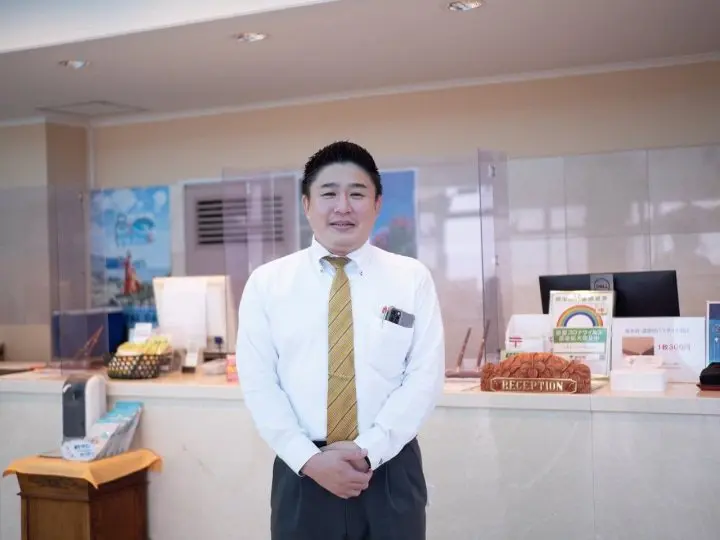
When I first started the interview with Miyashiro-san, I asked him what was special about this hotel. Now I know the answer: it was him.
Hotels near Hachijo View Hotel
I am an actress and model living in Japan. Tokyo Ryokan Stories is my essay series about less-known but amazing ryokan and hotels in Tokyo.



